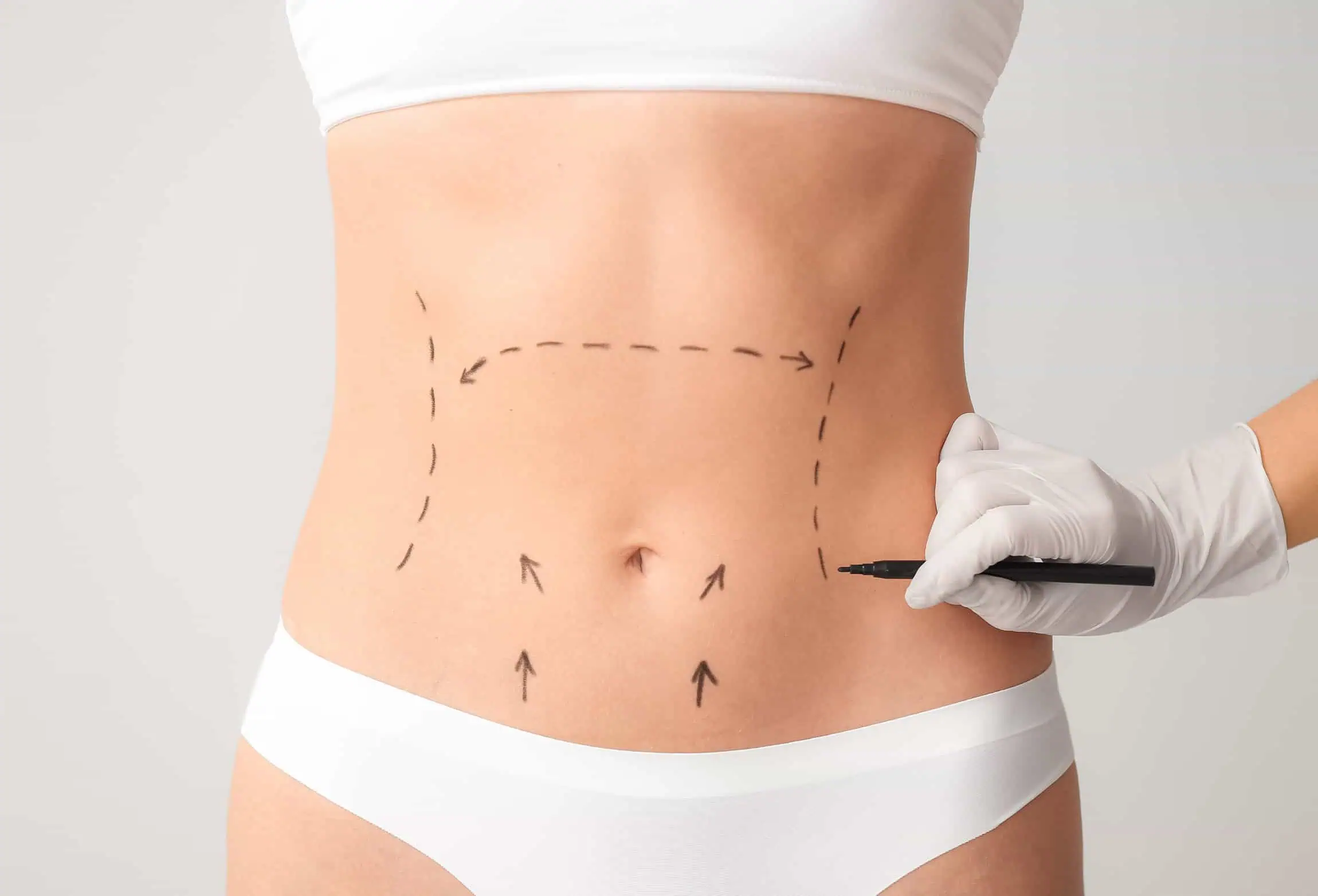Excisions in New York, NY

Excisions in New York, NY
Excisions are a precise surgical procedure used to remove abnormal or unwanted skin growths, such as moles, cysts, or skin cancer. During the process, the dermatologist carefully cuts out the targeted tissue along with a margin of healthy skin to ensure complete removal. The procedure is performed typically under local anesthesia to minimize discomfort. Depending on the size and depth of the excision, stitches may be required to close the wound. After the procedure, the removed tissue is often sent to a laboratory for further examination to ensure all abnormal cells have been eliminated. This service is vital for both medical and cosmetic reasons, ensuring the removal of potentially harmful growths while maintaining the best possible cosmetic outcome.
How Do Excisions Work?
Excisions work by surgically removing a specific area of skin tissue that is abnormal, damaged, or otherwise needs to be eliminated. The procedure starts with the dermatologist marking the area to be removed. After administering a local anesthetic to numb the area, a scalpel excises the growth and a margin of surrounding the healthy tissue to ensure complete removal. The margin size depends on the type and size of the growth being removed. After the excision, the wound is carefully closed with stitches; bandage will also be applied to protect the area. Healing will take a few weeks, during which time the patient may need to follow specific aftercare instructions to ensure proper recovery.
Different Conditions Excisions Can Treat
Moles
Excisions can effectively remove moles, particularly those that are suspicious or have changed in appearance. Removing these moles can help prevent potential progression to skin cancer.
Skin Cancer
Excisions are commonly used to treat non-melanoma skin cancers like basal cell carcinoma and squamous cell carcinoma. The goal is to eradicate the cancerous tissue entirely, including a margin of healthy skin, to reduce the risk of recurrence.
Cysts
Cysts, fluid-filled sacs beneath the skin, can be removed through excision to prevent infection, discomfort, or cosmetic concerns. The entire cyst, including its sac, is removed to prevent recurrence.
Lipomas
These benign fatty tumors can be removed via excision to alleviate discomfort or for cosmetic reasons. The procedure involves cutting out the lipoma and stitching the area closed.
Warts
When warts are resistant to other treatments, excisions may be used to remove them entirely, particularly if they are large or located in sensitive areas.
Actinic Keratosis
These pre-cancerous skin lesions can be excised to prevent their progression to squamous cell carcinoma. The procedure involves removing the lesion along with a small margin of surrounding tissue.
Results of Excisions
The results of excisions generally include the complete removal of the targeted skin growth or lesion, reducing or eliminating the risk of further complications, such as cancer progression or infection. Patients may experience some scarring at the excision site, but with proper care, the scar can fade significantly over time. The success of the procedure is often confirmed by examining the excised tissue under a microscope to make sure that all abnormal cells have been removed. Other patients are satisfied with the cosmetic outcome and the peace of mind that comes from removing potentially harmful growths.
If you’re concerned about skin growth or have been advised to remove a lesion, schedule an appointment at Park Plaza Dermatology in New York, NY. Our expert dermatologists are skilled in performing excisions with precision, ensuring the best possible outcome for your health and appearance.
Benefits of Excisions
- Removes abnormal or suspicious skin growths
- Prevents the progression of skin cancer
- Alleviates discomfort from benign growths
- Reduces the risk of infection from cysts or warts
- Provides peace of mind with a clear diagnosis
- Minimally invasive with local anesthesia
- Effective for a range of skin conditions
- Can improve cosmetic appearance
- Short recovery time with proper care
- Expert care provided by dermatology specialist
Frequently Asked Questions
Recovery from an excision typically takes a few weeks. The exact time depends on the size and location of the excision, as well as how well the wound is cared for. Most patients return to normal activities in a few days, but it’s necessary to follow your dermatologist’s aftercare instructions to ensure proper healing.
Yes, some scarring is inevitable after an excision, but the size and appearance of the scar can vary. Dermatologists at Park Plaza Dermatology in New York, NY, take great care to minimize scarring, and proper aftercare can help reduce its visibility over time.
The procedure is typically not painful because it is performed under local anesthesia, which numbs the area being treated. You may feel some pressure or tugging during the excision, but no pain. After the anesthesia wears off, there may be minimal discomfort, which can usually be managed with over-the-counter pain relievers.
Yes, excisions can be performed on almost any part of the body. However, the complexity of the procedure may vary depending on the location. Areas with more skin tension or movement, such as the face or joints, may require special techniques to ensure optimal healing and cosmetic outcomes.
If you notice any changes in a mole or growth, such as changes in color, size, shape, or texture, or if it starts to bleed or itch, it’s essential to have it evaluated by a dermatologist. At Park Plaza Dermatology in New York, NY, our specialists can assess whether the growth should be excised based on its appearance and your medical history.
While complications from excisions are rare, they can occur. If you experience excessive pain, redness, swelling, or any signs of infection, contact Park Plaza Dermatology immediately. Our team will guide how to address any issues and ensure your recovery progresses smoothly.
